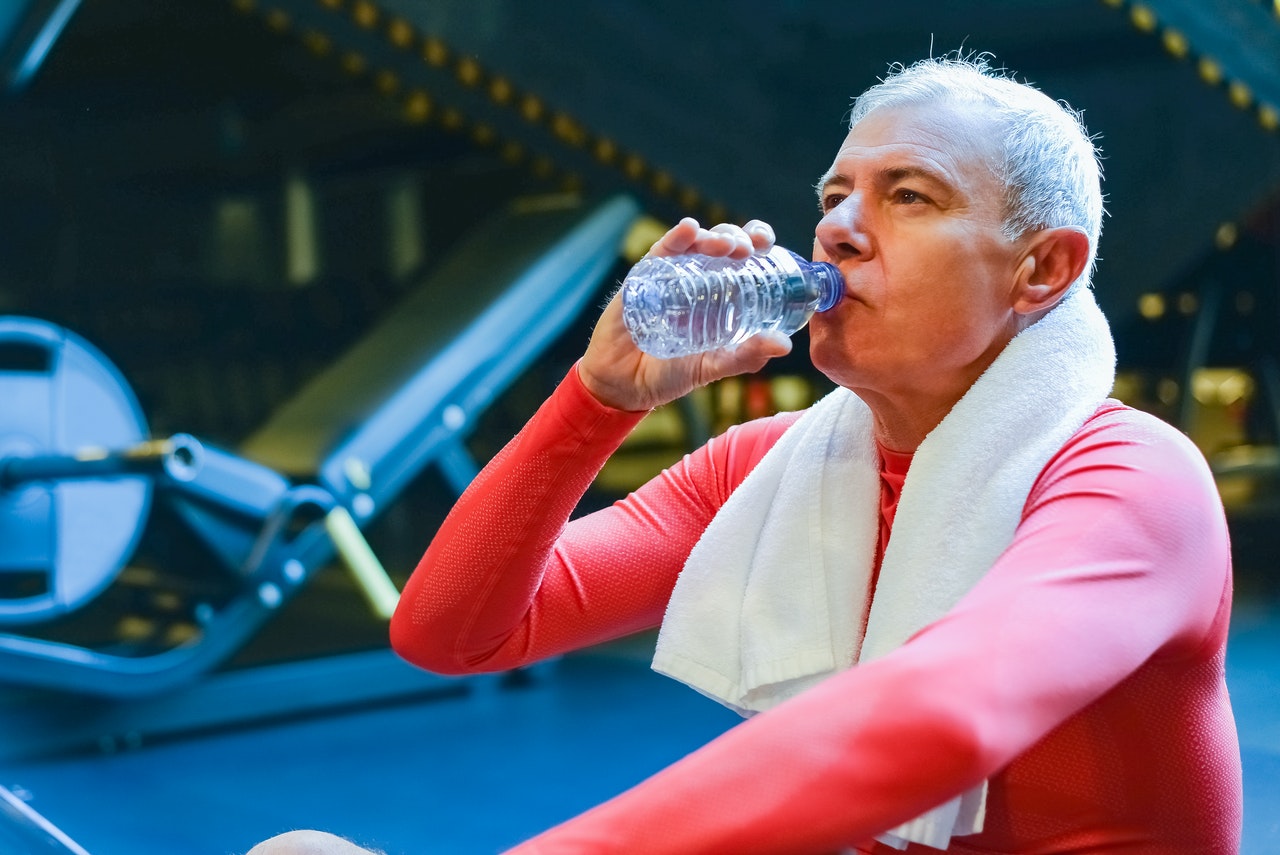With much of the British Isles set to bask in days of unprecedented temperatures, UK health officials are warning the scales could tip too far and put many people at risk. Following a changeable summer this far, Europe is now facing soaring temperatures which are set to outpace the comfort zone of many citizens, with top UK temperatures predicted at a sweltering 35c+ on Sunday 17th July 2022. The extreme heat prospect has forced the Met Office and many British officials to issue alarms on the potential heat effects on everyone. At the time of writing, the Met Office had published this alert on 15th July 2022:
‘The Amber warning, which has been issued for Sunday (17 July) and Monday (18 July), highlights likely adverse health effects for the public, not just limited to those most vulnerable to extreme heat. Temperatures could be in excess of 35°C in the southeast, and more widely around 32°C within the warning area. These high temperatures could extend further into next week and an extension of the warning will be considered in the coming days’
It's this time of year we reach for our water bottles and favourite drink, with some even enjoying a nice beer on the beach with their family. It’s at this time that hydration before we get dehydrated is so important. Think of it this way in this analogy – no one wants to find themselves too drunk at a party and have to rush to drink water before they are ill, with regrets and a hangover. In fact, it’d been a better idea to pace throughout the day to make sure you’d been hydrated and fed before you went out – and the exact same logic applies here. Playing catch up once you’ve got heat stroke, severe sunburn, delirium or exhaustion from sun and heat exposure itself takes time, and it is much better to have a proactive approach to hydration throughout the day if you’re exposing yourself to some level of adverse health risks from the temperatures.

When you’re facing heat as extreme as predicted, just water on its own will not be enough to stay hydrated. On average, the NHS and other health bodies advise at least 1.2 litres of water should be consumed on any given day. Isotonic drinks are a powerful tool and are available from shops or can be created quite easily at home. The term isotonic refers to a solution having the same osmotic pressure as another fluid, or one inside your body. In plain terms, it means that your water can be spruced up with the addition of salts you lose in great quantity when you sweat such as sodium, potassium, calcium and magnesium. These are found as well in rehydration solutions, Dioralyte and other products, and in fluid drips given in hospital to those suffering from heat exhaustion and heat stroke. Just because they’re used in these circumstances doesn’t mean you can’t do it for yourself; there are many good sports drinks available such as Gatorade, Lucozade Sport and cheaper alternatives, as well as adding a pinch of salt to any 1 or 2L bottle you’re taking out with you. The concept we wish to get across is an idiom borrowed from the endurance sports space;
“drink before you’re thirsty, eat before you’re hungry, or it’s too late.”
Now, this may not apply in everyday life (we don’t want to encourage snacking!) but definitely when there are extreme conditions which cause physiological instability, they are rules to live by. This is because when you’re feeling extremely parched and dehydrated in these hot conditions, you have to replace all of the water you’ve just lost, and the deficit to get back to normal hydration. But, if you sip some water regularly throughout the day, you’ll likely never become thirsty and will fend off heat stroke and dehydration. It should be reinforced, though, that the aforementioned 1.2 litres of water a day is a bare minimum, and in the conditions, we are expecting, will not even be close to enough water. For every kilogram of weight lost right after exercise, 1.5L minimum is needed to rehydrate this deficit. This is a good rule to follow, and whilst not all of us will be taking part in exercise (particularly this weekend), it’s something to keep in your mind as you navigate safely through these adverse conditions.
The elderly and vulnerable should stay indoors as a rule of thumb, with good ventilation and light clothing to ease the heat. Even if there is cloud, there can still be extreme UV (predicted at 9/10 this weekend) which is the causative factor in sunburn. In fact, it’s often advised on the continent to avoid the hours of 12pm until 3pm where the sun is highest in the sky – a common reason for siestas in Spain and longer lunches in France. Covering up with hats and sun cream is a must, and many people may benefit more from revising some activities and work plans until they can continue in a more comfortable manner. It’s always important to be aware of heat exhaustion, sun stroke and dehydration symptoms, and the following below are the most common red flags.
Signs of dehydration and heat exhaustion to look out for:
Thirst.
Less-frequent urination.
Dry skin.
Fatigue.
Light-headedness.
Dizziness.
Confusion.
Dry mouth and mucous membranes.
